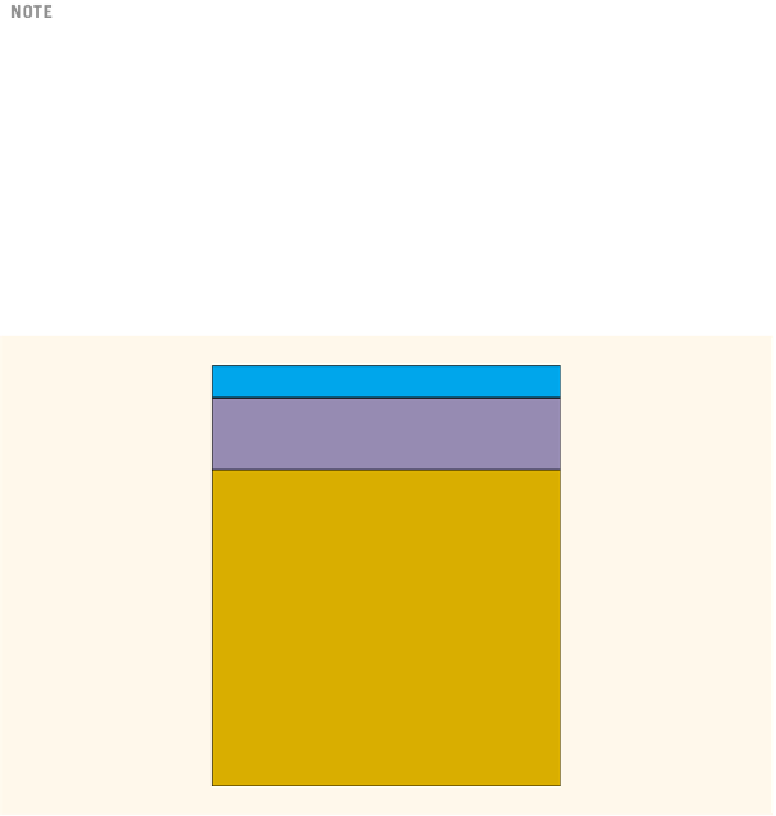Java Reference
In-Depth Information
The heading of the default constructor is:
public
Clock()
The heading of the constructor with parameters is:
public
Clock(
int
hours,
int
minutes,
int
seconds)
The definition of the
class
Clock
has 16 members: 11 methods to implement the 11
operations, 2 constructors, and 3 instance variables to store the hours, minutes, and
seconds.
If you do not include any constructor in a class, then Java automatically provides the
default constructor. Therefore, when you create an object, the instance variables are
initialized to their default values. For example,
int
variables are initialized to
0
. If you
provide at least one constructor and do not include the default constructor, then Java
will not automatically provide the default constructor. Generally, if a class includes
constructors, you should also include the default constructor.
A class and its members can be described graphically using Unified Modeling Language
(UML) notation. For example, Figure 8-1 shows the UML diagram of the
class
Clock
.
Also, what appears in the figure is called the UML class diagram of the class.
Clock
-hr:
int
-min:
int
-sec:
int
+Clock()
+Clock(
int
,
int
,
int
)
+setTime(
int
,
int
,
int
):
void
+getHours():
int
+getMinutes():
int
+getSeconds():
int
+printTime():
void
+incrementSeconds():
int
+incrementMinutes():
int
+incrementHours():
int
+equals(Clock):
boolean
+makeCopy(Clock):
void
+getCopy(): Clock
FIGURE 8-1
UML class diagram of the
class
clock




Search WWH ::

Custom Search